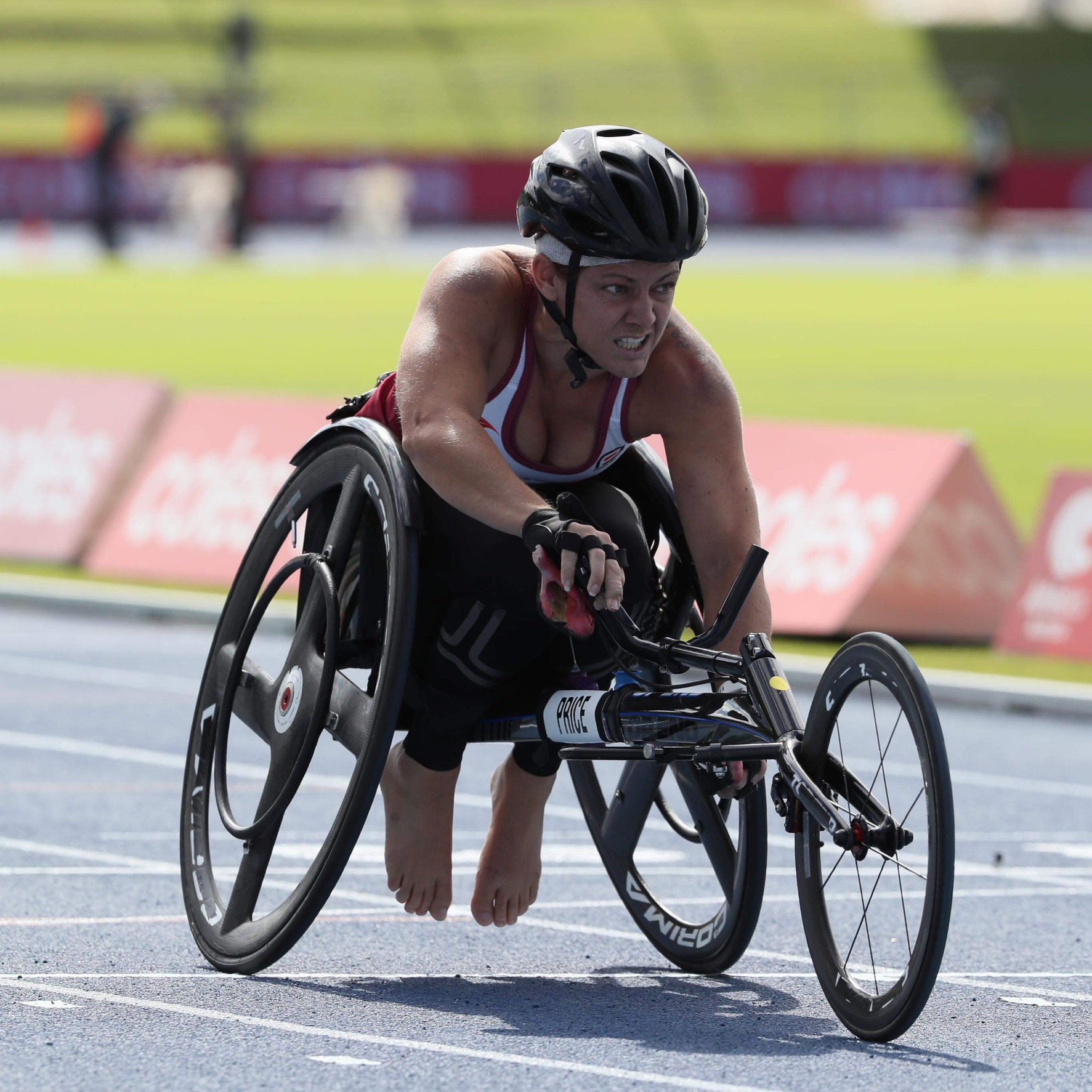Finding hope in a patient-driven approach to health data
Photo by Vicky Drachmann
Danielle Drachmann has been creating awareness about pathological idiopathic ketotic hypoglycaemia since her children as well as herself were diagnosed. This rare condition affects blood glucose and ketone levels within the body – potentially leading to life-threatening attacks, if left untreated.
The condition
“My children and I have been diagnosed with pathological idiopathic ketotic hypoglycaemia (IKH) – a condition also known by some as accelerated starvation,” tells the Executive Director of Ketotic Hypoglycaemia International (KHI), who recently received the EURORDIS Young Patient Advocate Award 2022 for her efforts in raising awareness about the rare condition. “IKH is the most frequent state with low blood sugar in preschool kids. However, the incidence is unknown. Most commonly, it debuts around 18 months with spontaneous normalization around 6-7 years of age, but this does not account for all. IKH has recently been divided into two sub-groups: Physiological (mild – only presenting during infections and illness) and pathological (severe – presents in the absence of illness and infections). I was diagnosed at the age of 26, after my second child received the diagnosis”.
In patients with ketotic hypoglycaemia, the metabolism does not work in a regular manner, resulting in low blood glucose with high fat burn. When a cause in terms of enzyme defect or another disease can’t be identified, the condition is categorized as “idiopathic”.
Life with the condition and its management
The management of the condition requires a thorough commitment, depending on the severity. Danielle’s son is often hypoglycemia unaware, making him asymptomatic when his blood glucose is low, and her daughter’s rising ketone levels can be very difficult to prevent and predict. The family can face an average of 10-15 attacks a day with low blood glucose and/or high ketones. “We live a life with constant monitoring. We use medical technology and a full-time health-assistant in school, to help keep the children safe”.
To support the management of the condition, Danielle and her children make use of continuous glucose monitors (CGM). The data readings from the monitor are sent to Danielle and her husband’s mobile phones, allowing an assessment of whether action is needed. However, the CGM tends to have low accuracy in the lower range, which is why a point-of-care glucometer and ketone-meter have to be used to measure the most actual blood glucose and ketone levels, in case of suspicion of a deteriorating situation: “One incidence of severe and prolonged hypoglycaemia can lead to irreversible brain damage or death. In Denmark we are lucky – we have access to the medical equipment enabling us to check our children’s blood glucose and ketone levels at home. However, this does not account for all patients in Europe, as the point-of-care and CGM equipment is often categorized as “diabetes equipment” and patients are often sent home without the ability to monitor, leaving them to treat this dangerous condition solely relying on symptoms. This is merely a medical catastrophe, as many of the most severely affected patients do not exhibit symptoms due to hypoglycemia unawareness”.
The role of health data in finding better patient-centred solutions
Health data is essential in the management of the disease, but also for research purposes such as for the development of a device that can purposefully and accurately measure ketone levels continuously. “Currently, we must always use our mind, eyes, and intuition next to the point-of-care ketone equipment we currently have available. That is why we need a close collaboration with the industry, to ensure the continued progress of patient-centred research and innovation. In our case, we have a patient group with over 1700 families from more than 80 countries, who can benefit a lot from medical devices, currently not available on the market. Strong health data sets from our condition will attract researchers’ attention and accelerate the work on developing tailored and patient-centred innovations, like targeting the need of more rapid ketone measurement, through continuous ketone monitoring. Stronger data and more research would also help create awareness amongst healthcare professionals about the condition, possibly leading to earlier diagnosis.”
EU health data legislation bringing hope to rare-disease patients
Danielle views the European Health Data Space, a proposal which was published by the European Commission in May 2022, as a step in the right direction in the use of health data for research. “We need a European framework and someone to take responsibility for the patient data within rare diseases. Despite being considered a rare condition, we might still have enough data to accelerate research, but we lack the needed funding to establish a patient registry. As such the creation of patient registries must be a top priority. If we can unite our data, we will be able to identify patterns, and we will be able to subgroup ourselves and initiate patient-driven research.”.
Despite the existing misconceptions in the medical world about the condition being “just a normal variation of childhood”, with which she is faced every day, Danielle is positive about the future for families impacted by IKH: “There is an interest from clinicians and the industry in the condition and rare disease health data in general, which we believe, combined with stronger datasets for research through current EU initiatives, will bring a better future for families affected by IKH, as well as other rare diseases around the world”.






